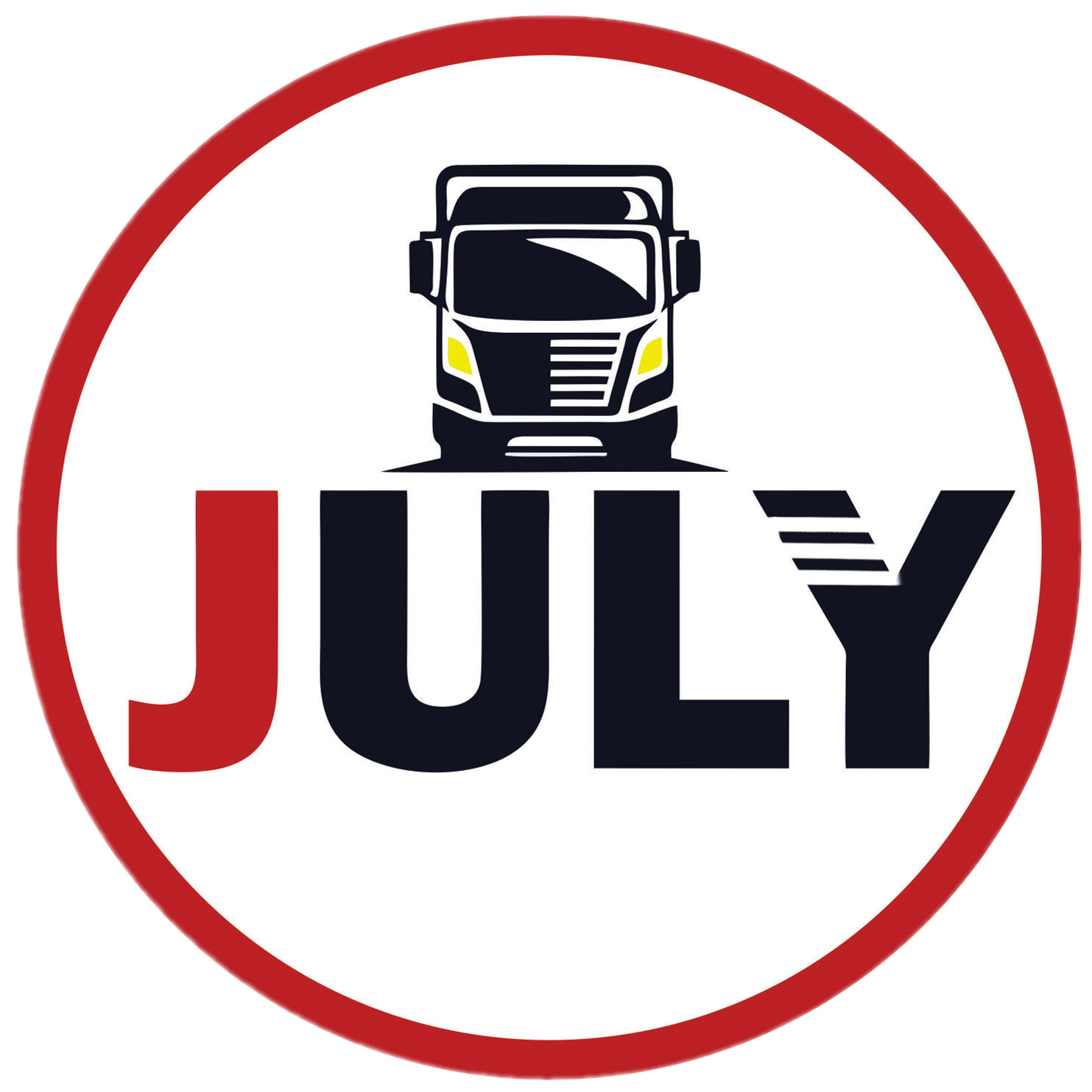The Ultimate Car Emergency Kit
2019-07-22 23:58:30

No one sets out on their drive to work or quick trip to the grocery store thinking that they may be involved in an accident, have a mechanical breakdown, or suffer some medical calamity. However, the reality is that at least one of these incidents will happen to us at least once in our lifetime. That's why it's best to be prepared for when it does. While you cannot possibly prepare for every situation that may come up while you're in your vehicle, you can protect yourself and your loved ones better if you have an emergency car kit.
You can purchase one that's already put together or do it yourself. A DIY vehicle emergency kit is something that is in most cases best since you can control the contents better and it's usually more budget-friendly as well. As for what to add, below is a list that includes the basic supplies every kit should have and a few tips on how to personalize it according to your specific needs medically, regionally, and monetarily.
Jumper cables, jack and spare tire: These are the basics that most cars already have and for good reason. A car with a flat tire or dead battery are two of the most common calls for assistance that roadside assistance companies get. Make sure your car has these items and that the spare is inflated.
Roadside flares, reflective tape or triangles: In case of an accident or being stranded, you should have roadside flares, reflective tape, or triangles that you can use to alert people where your vehicle is on the road.
Multi-tool: A multi-tool is perfect for any emergency kit. It should have pliers, screwdriver heads, and a pocket knife. It can be used for fixing minor mechanical problems, for cutting a seat belt, or breaking a window.
Heavy-duty trash bags: Keep a few folded up in your kit so that they can be used as rain ponchos, to cover a broken window, or as an emergency cover for someone who is injured and needs to keep warm.
Bottled water: Having a least one gallon of water is recommended. You can use the water for staying hydrated or for an overheating vehicle.
Medications and health care equipment: If you have a health condition that requires specific medications for treatment (that are not temperature-sensitive), ask your doctor for a small supply for your emergency kit. For conditions like asthma or diabetes, consider keeping a spare glucose meter and inhaler in your kit as well.
Disposable camera: A disposable camera will come in handy for documenting an accident if your phone is broken or not working.
Emergency numbers: Let's face it, when is the last time any of us dialed a number from memory? It's especially hard to recall if you're in a crisis situation, so to be safe keep a laminated list of people and their numbers that you would call in the event of an emergency.
Extras: If you have a little wiggle room in your budget and your trunk, consider getting a portable electric jump starter, a tire inflator, or an all-in-one unit that does both of those things and also charges your cell phone. An extra pair of shoes, solar battery charger, tow line or chain, and a fire extinguisher can also be very useful.
Once you have your kit put together for unexpected situations, go over each item with your family members so that everyone knows how to use each of them properly. This is also a good time to discuss what to do in a dangerous situation, such as a tire blowing or being involved in an accident, especially with new drivers. Although planning ahead and organizing may not cover every roadside emergency, knowing what to do in most scenarios and having the tools to do it with may be just enough.




